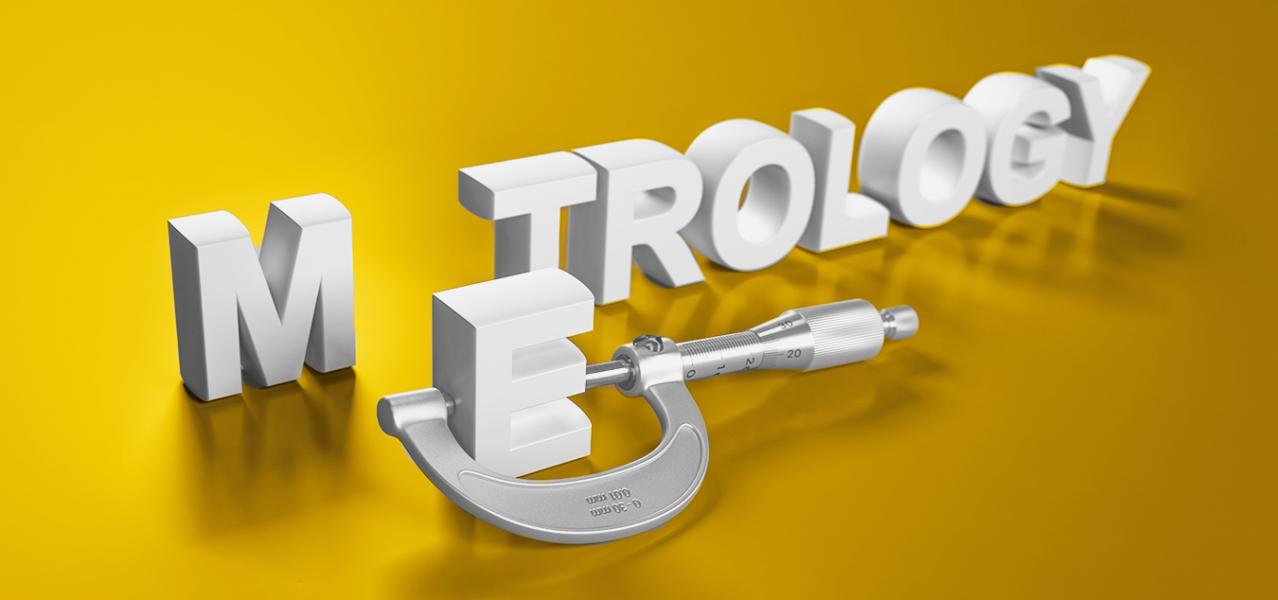
Why Use Test Instrument Manufacturer Calibration Services
Why Use Test Instrument Manufacturer Calibration Services
Metrology plays a significant role in our everyday lives, whether we are aware of it or not. Without accurate measurements at the laboratory level, much of the technology that gives our lives order would devolve into chaos. Accuracy of the test instruments used to calibrate medical devices is often life protective if not life-saving because doctors and nurses depend on the proper and accurate operation for diagnosing diseases, extent of injuries, and existence of chronic conditions. Furthermore the monitoring and making proper adjustments of treatment depends on the accuracy of measurement of patient vital signs and assessment of therapies (including defibrillation energy delivery, x-ray dose, surgical cutting away of various densities of tissue and coagulation to limit blood loss, adequacy of ventilation to ensure proper gas exchange for oxygenation and elimination of carbon dioxide, etc)
Worldwide more and more studies are being published about the need for medical device quality assurance testing and calibration. Fluke and Fluke Biomedical are known for our long history of teaching calibration and for manufacturing the test instruments used by biomedical engineers and technicians to perform quality assurance testing and calibration of medical devices. In this article we will explain why keeping the test instruments used to perform quality assurance testing and calibration of medical devices is critical. We will also explain the benefits of using the calibration services of the test instrument manufacturer, and what to ask for in so doing.
Measurement accuracy matters
Medical devices intended use is diagnosis and treatment of the many injuries, diseases and chronic conditions suffered by people all around the world. This is a wonderful use of technology to address the patient’s need to be healed. The accuracy of measurements made and displayed for the doctors and nursing staff is critical to the proper diagnosis and proper treatment of the patient’s problem. Even vital signs that are typically trended to assess the effectiveness of treatment over time need to be sufficiently accurate to the need. The medical device required accuracy is included in the IEC 60601 specific requirements for each category of medical device (and in the case of patient monitors, each parameter of the device has its own IEC standard: ECG, Blood Pressure, Temperature, etc.). The application of metrological uncertainty bands to the accuracy bands gives confidence that the accuracies of measurement will be trustworthy.
Instrument sensors and electronics drift over time; they are not a “set it and forget it” proposition. Periodic assessment of the accuracy, including the uncertainties of measurement must be carried out, documented and trended to ensure that an instrument is performing within published specifications and to determine long-term stability. This is the job of the biomedical engineers and technicians employed by or contracted by the medical facility and the job of the medical device manufacturer’s field service organization. That said, if the test instruments used in the calibration of medical devices is not kept current, if the test instrument calibrations are out of tolerance, the medical devices calibrated using those test instruments will be incorrect and could result in injury or death of the patients who will be connected to those medical devices. The accuracy of measurements made during calibration of medical devices is imperative.
Calibration Options and Hidden Costs
It has become popular in the USA and western Europe to use on-site calibration services. The benefits of bringing a service provider on-site are obvious. The risk of damage from shipping equipment for calibration is greatly reduced and downtime while the instruments are out for service is virtually eliminated. These benefits may not outweigh the disadvantages, however. If the on-site service provider is not the original equipment manufacturer (OEM) or its authorized service provider (ASP), the equipment may not receive proper service. For example, the OEM and ASP will have the capability to do a full alignment as well as firmware upgrades on the instrument. These capabilities are not usually made available to third party service providers due to liability concerns.
If the third-party provider cannot perform a full alignment on an instrument that is not operating within published specification, the options for the instrument owner are rather undesirable. The instrument may be placed on a “limited” calibration whereby some functionality of the instrument is no longer useable. The provider may also issue a correction table with the calibration report, requiring the end-user to add or subtract some correction to the instrument’s measurements, increasing the possibility for mistakes. Ultimately, it may need to be sent back to the OEM or ASP for factory-approved service.
Another concern is instrument repair. The OEM and ASP employ skilled technicians trained in the troubleshooting and repair of their products; no one knows the instrument as well as the people that designed it! There is also the issue of obtaining factory-authorized replacement parts. Oftentimes, “compatible” parts may appear to return an instrument to proper functionality but might not perform up to specification in all instances. This type of product insight is just not available when using a third-party provider.
Needing to ultimately send instruments back to the OEM or its ASP because a third-party provider cannot perform a complete and proper service on the instrument will add to the overall cost of maintaining the equipment pool. This increase in cost of repair and calibration will need to be weighed when choosing a service provider. We strongly recommend considering these hidden service costs for all your instruments, regardless of manufacturer.
Visit the Fluke Biomedical Service web page to learn more about our world-class service lab. You can also access more information on metrology on that page.
Please tell us what other topics regarding metrology, traceability, service/calibration/repair you are interested in learning.